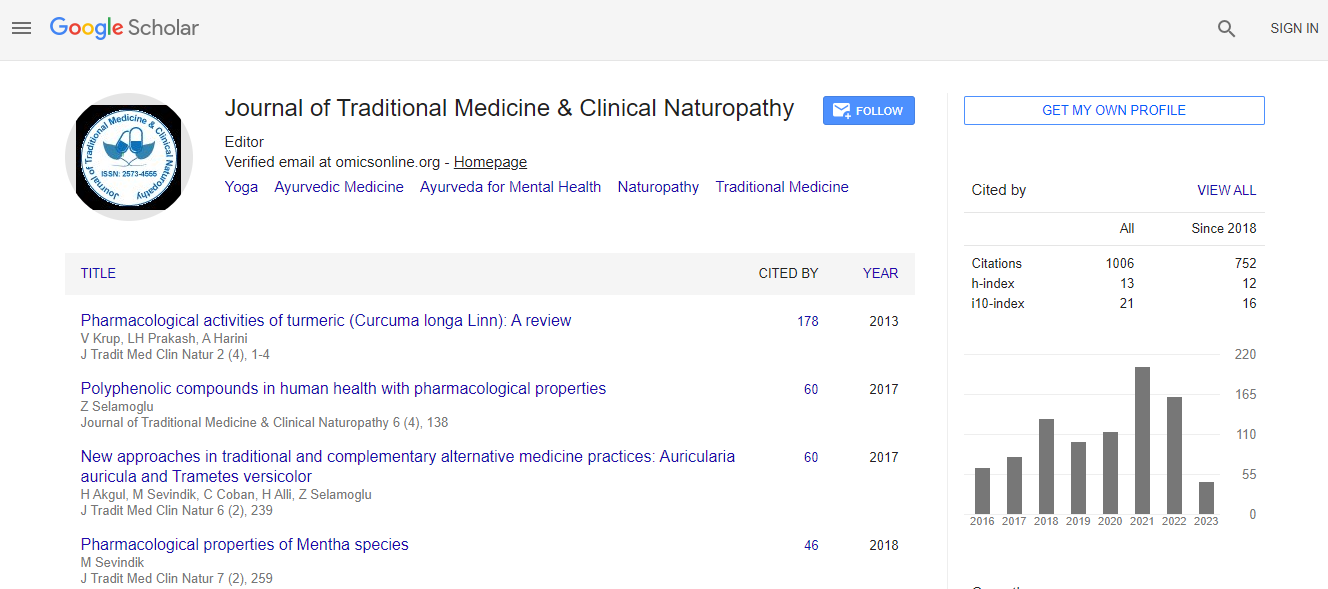Review Article
Breast Feeding- An Ayurveda Perceptive
| Karam Singh1* and Bhavna Verma2 | |
| 1Department of Kaumarbhritya/Balroga, India | |
| 2Department of Basic Principles, Dayanand Ayurvedic College, Jalandhar, Mahatma Hans Raj Marg, Punjab, India | |
| Corresponding Author : | Dr. Karam Singh B.S.F. Colony House Number: 104 Jalandhar City, Punjab, India Tel: 08427826622, 9794342858 E-mail: drksverma82@gmail.com |
| Received August 22, 2012; Accepted September 25, 2012; Published September 27, 2012 | |
| Citation: Singh K, Verma B (2012) Breast Feeding- An Ayurveda Perceptive. J Homeop Ayurv Med 1:112. doi: 10.4172/2167-1206.1000112 | |
| Copyright: © 2012 Singh K, et al. This is an open-access article distributed under the terms of the Creative Commons Attribution License, which permits unrestricted use, distribution, and reproduction in any medium, provided the original author and source are credited. | |
Abstract
It is widely recognized that breastfeeding is the best nutrition for human infants. Breast milk is the optimal food for almost all infants in the first year of life. The breast milk provides numerous health benefits to both mother and baby. Breastfeeding should begin soon after birth. It is important that infants open their mouth wide enough when breastfeeding to grasp the nipple and the areola (pigmented circle around the nipple). Breastfeeding is the best way to care for new child. Besides the overwhelming bonding it creates, breast milk is also the perfect food for them. Likewise in Ayurvedic texts, formation of stanya (breast milk), causes of stanya pravriti (or milk ejection), dhatri (wetnurse), dhatri-pariksha (examination of wet-nurse), stanapan-vidhi (breast feeding), stanyasampat (merits of breasts), stanyanasha hetu (causes of cessation of milk formation), stanyaviridhi dravyas (drugs increasing quantity of milk), stanya apanayakala (weaning period), abnormalities of breast-milk and its treatment etc. are discussed in detail.

 Spanish
Spanish  Chinese
Chinese  Russian
Russian  German
German  French
French  Japanese
Japanese  Portuguese
Portuguese  Hindi
Hindi 
